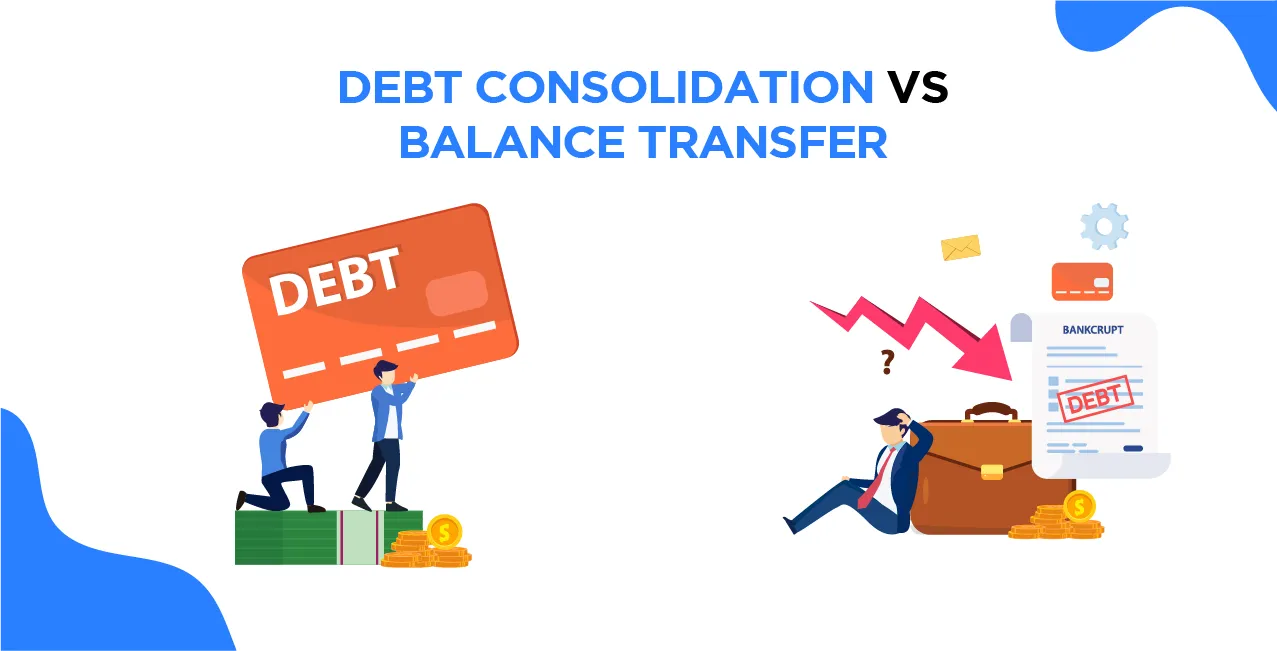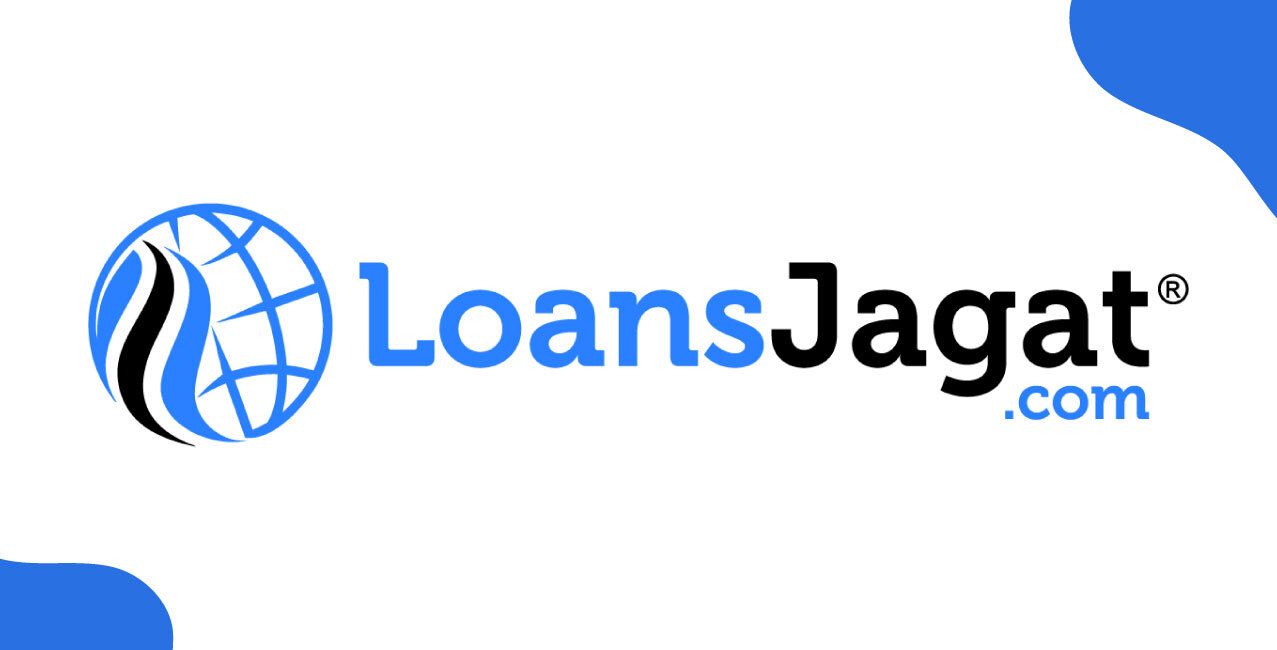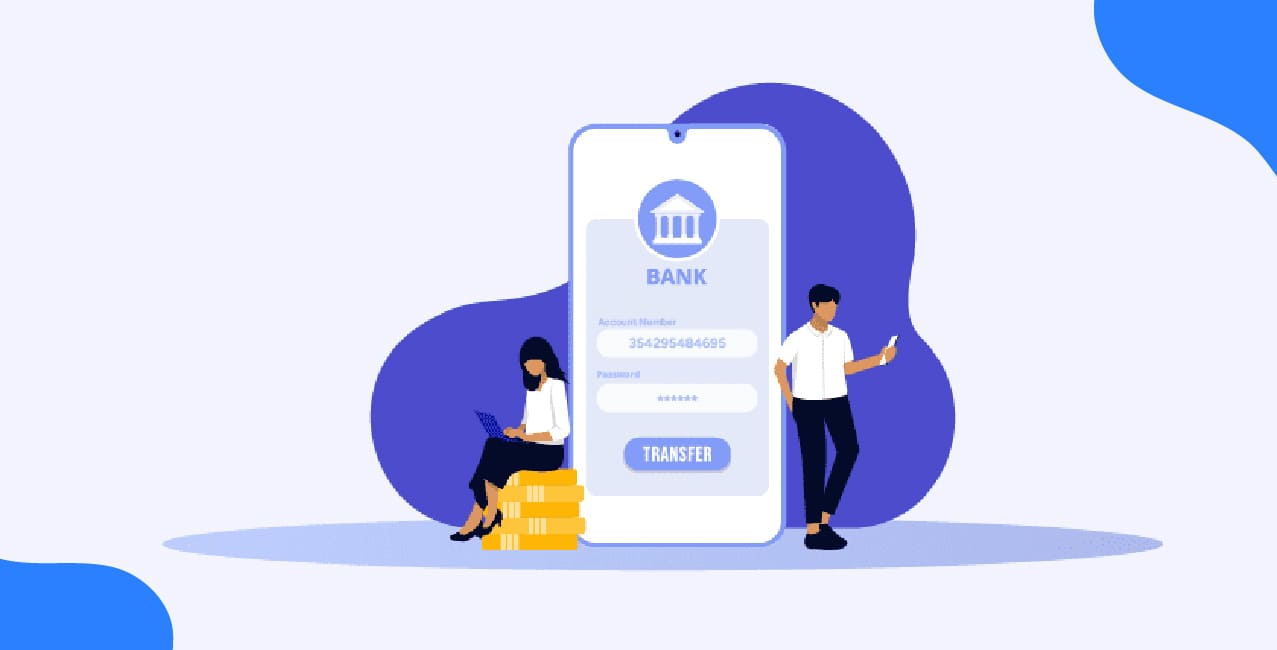
Author
LoansJagat Team
Read Time
9 Min
16 Jun 2025
Debt Consolidation Vs Balance Transfer – Which One Saves You More?
When it comes to managing your finances, you may find it rather challenging to do it, especially when you have several credit cards or loans at various interest rates and different payment schedules. Debt consolidation and balance transfers are two of the most well-known methods for getting out of debt.
Suppose Rahul owes ₹5,00,000 on several credit cards, the interest rates on those balances average 22% per year. To better manage his payments and lower his interest rates, he wants to choose between a Balance Transfer Credit Card and a Debt Consolidation Loan.
During a Balance Transfer, he will transfer the debts to a fresh credit card with a 0% interest rate for 12 months, though he must first pay a 3% transfer fee (₹15,000). If he makes the payment within a year, he does not have to pay any interest, thus reducing the total cost to ₹5,15,000.
With a Debt Consolidation Loan, he will take a 3-year loan at 10% interest, reducing his EMI but increasing his total repayment to ₹6,08,824 due to interest.
Comparison Table
Method | Total Cost | Monthly Payment | Time To Repay | Interest Paid | Best For |
Balance Transfer | ₹5,15,000 | ₹42,917 | 12 months | ₹0 | Those who can pay off debt quickly. |
Debt Consolidation | ₹6,08,824 | ₹16,134 | 36 months | ₹1,08,824 | Those who need smaller EMIs over time |
Thus, Balance Transfer is a cheaper option if Rahul can clear the debt within the 12-month interest-free period. However, if he needs smaller payments over time, Debt Consolidation provides a structured repayment plan.
Debt Consolidation: Explained
It combines your several outstanding debts into a new loan with a single monthly payment and a reduced interest rate, helping you lower your financial stress.
Suppose you have five piggy banks, and inside each one, you have borrowed some money from friends: Rohan ₹100, Meera ₹200, Aman ₹150, Neha ₹250, and Arjun ₹300.
Now, a large friendly bank extends one loan of ₹1,000 to pay off all of your friends at once. You will only make one monthly payment to the bank, with a lower interest rate and less hassle.
Read More - Pros and Cons of Using a Personal Loan
Thus, Debt Consolidation makes managing debt simpler, cheaper, and stress-free!
TYPES OF DEBT CONSOLIDATION
Personal Loans:
You can consolidate multiple debts with a personal loan from a traditional bank, an online lender, or a credit union. This loan enables you to consolidate all your debts and simplify your financial management with a single loan.
Let's say you're dealing with three debts:
₹30,000 (10% interest)
₹50,000 (15% interest)
₹70,000 (20% interest)
This means you owe a total of ₹1,50,000, with different interest rates for each debt. If you take out a personal loan of ₹1,50,000 at 12% interest, you can combine all these debts into one. This may lower your overall interest rate and make it easier to repay the money.
Home Equity Loans/HELOCS:
As a homeowner, you can use your home's equity to obtain a loan or credit line to consolidate debt. Although the interest rates on these options may be lower, failure to make payments puts you at risk of losing your home.
Debt Management Plans (Dmps):
This is a structured repayment plan that helps individuals pay off their debts in an orderly and manageable manner.
It is typically organised by a credit counselling agency, which negotiates with creditors on your behalf, and you repay your debts over 3-5 years through structured payments. This particular plan is suitable for individuals struggling with credit card debt and high-interest loans, as they prefer not to file for bankruptcy.
Debt Consolidation: Opportunities And Obstacles
Pros | Cons |
Lower Interest Rates Consolidating debt can help secure a lower interest rate, reducing overall costs. | May Extend Repayment Period Lower monthly payments may result in a longer repayment term, which increases the total interest paid. |
Simplified Payments Merging multiple debts into one makes it easier to manage payments and avoid missed deadlines. | Upfront Fees Some consolidation loans come with origination fees, balance transfer fees, or closing costs. |
Better Credit Score Paying on time for a consolidated loan can help your credit score get better as time goes by. | Risk of More Debt If you don't watch your spending, consolidation might make you rack up more debt. |
Set Repayment Plan Having a clear plan to pay back helps you stay on top of your money and plan. | Risk of Collateral Loss If you opt for a secured consolidation loan, you may risk losing your assets. |
Reduces Stress Managing one loan instead of multiple debts can provide financial relief and peace of mind. | Not for Everyone Those with poor credit may not qualify for favourable interest rates, making consolidation less beneficial. |
Balance Transfer: Explained
It is the process of transferring the debt of a high-interest credit card, such as a credit card with a high interest rate, to a new credit card that offers a lower interest rate, often with a 0% introductory APR. This allows you to save on interest and pay down your principal faster during the promotional period.
Also Read - Truth About 0% Interest Balance Transfers
Suppose Rahul owes ₹1,000 to three friends, each of whom charges her extra money every month. One of his friends offers to pay off his debt, and he only needs to repay him ₹1,030 in one year with no extra charges.
WITHOUT BALANCE TRANSFER | WITH BALANCE TRANSFER |
Owes ₹1,000 to 3 friends with high interest | Owes ₹1,030 to Rohan with 0% interest |
Pays ₹50 extra/month (₹600/year) | Saves ₹570 in interest |
Total Repayment: ₹1,600 | Total Repayment: ₹1,030 |
What Is A 0% Apr Offer?
A 0% APR offer means that you will not be charged any interest on your balance for a specified period, typically ranging from 6 to 24 months.
Imagine you put ₹50,000 on a credit card with a 0% APR offer that has a 12-month offer. You can pay it off without any extra interest during that year. However, after the introductory period ends, the regular interest rate (18% APR) will be applied to any outstanding balance.
How Does A Balance Transfer Work?
- Pick a Balance Transfer Credit Card - Many credit card companies offer special deals with 0% APR for a set period. (e.g., 6-8 months).
- Sign Up for the New Card – You must qualify for the new card based on your credit score and other things.
- Move Your Balance – After approval, you can request to transfer the debt from your old credit card to the new one. The company will pay off your old balance, and the debt will now be transferred to the new card.
- Clear Your Balance - You must make payments on the new card before the deal ends to avoid high interest costs.
Balance Transfer: A Helping Hand Or A Secret Trap?
Pros | Cons |
0% Interest Offer You can pay off debt without any extra interest during the promo period. | Balance Transfer Fee Typically, 2-3% of the transferred amount is added to the cost. |
Faster Debt Repayment More of your payment goes toward the principal, not interest. | High-Interest Offer Ends If you don’t clear the debt promptly, the regular APR (15%-25%) will apply. |
Simplifies Payments Combines multiple debts into one, making it easier to manage. | Requires a Good Credit Score Approval is harder for those with a low credit score. |
Can improve Credit Score | Missed Payments If you miss payments, the bank may cancel the 0% offer and charge high interest. |
Debt Consolidation Vs. Balance Transfer
Feature | Debt Consolidation | Balance Transfer |
Best for? | Large debts (loans, credit cards) | Credit Card Debt |
Interest Rates | Fixed, depends on credit | 0% intro APR, then variable |
Loan Type | Personal Loan/Home Equity Loan | Credit Card |
Collateral | May require collateral (e.g. home equity loan) | Not required |
Fees | Possible origination fees | Balance Transfer Fee (3-5%) |
Credit Score Needed | 620+ | 680+ |
Repayment Term | Fixed monthly payments | Must be paid before the offer ends |
Which Is The Cheapest Option?
It depends on factors such as the amount of debt you have, your credit score, and whether you will repay the debt within a specific timeframe.
STRATEGIES FOR CHOOSING THE BEST CHOICE
- Check Your Debt: Determine your total debt, interest rates, and the kind of debt you carry.
- Examine your Credit Score: A higher score increases your chances of qualifying for better offers and rates.
- Plan Your Repayments: Whether it's a promotional period or a fixed loan term, ensure you can follow the plan.
- Steer Clear of Debt: Dedicated to not adding more debt while you pay off your current debts.
FINAL THOUGHTS
Financial freedom starts with knowing your options for making a decision. Both debt consolidation and a balance transfer are valid strategies, each with its advantages for helping relieve debts while saving money and simplifying your financial life. The success of truly committing to your choice hinges on customising the strategy to your current financial situation, individual goals, and discipline.
Choose wisely, take action, and start building a more secure financial life today!
FAQs
1. Will my credit report suffer due to debt consolidation or balance transfers?
Well, both would cause a minor hiccup to your credit score initially, but the timely payments would help improve it over time.
2. Can I do multiple balance transfers?
Yes, but each transfer may come with fees as well as affect credit score results.
3. What will happen if I miss the payment of my debt consolidation loan?
You shall be charged late fees, a rise in interest rates, and hence a bad credit score.
4. How fast does it take for the approval of a loan for consolidation of debts?
Some online lenders can provide approval for your loan in just a day or two. For banks, it may take a week on average.
5. Am I allowed to take debt consolidation or balance transfer up to a certain limit?
Yes, debt limits depend on lenders or your credit card's balance transfer limit for balance transfer.
6. Which method can be used for bad credit?
Debt consolidation loans can be an option, but balance transfers typically require good credit.
7. Can I borrow using a personal loan instead of a balance transfer?
A personal loan will do, with fixed payments. A personal loan is a balance transfer with a temporary 0% APR benefit.
8. Do I need good credit for a balance transfer card?
Yes, most require a credit score of 680 or higher.
9. What is a better cost saver?
Balance transfers are most effective when you can pay off the balance within the promotional period; consolidation is better suited for long-term, structured payments.
10. Are there hidden fees in balance transfers or debt consolidation loans?
Yes, balance transfers charge a 3-5% fee, and loans may have origination or late fees.
11. Can I use both a balance transfer and debt consolidation?
Yes, but managing them properly is key to avoiding further financial issues.
About the Author

LoansJagat Team
‘Simplify Finance for Everyone.’ This is the common goal of our team, as we try to explain any topic with relatable examples. From personal to business finance, managing EMIs to becoming debt-free, we do extensive research on each and every parameter, so you don’t have to. Scroll up and have a look at what 15+ years of experience in the BFSI sector looks like.

Quick Apply Loan
Subscribe Now
Related Blog Post


